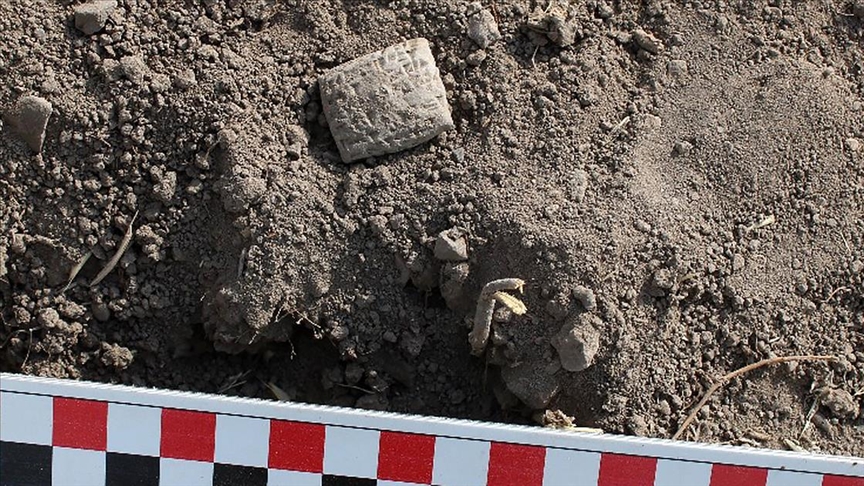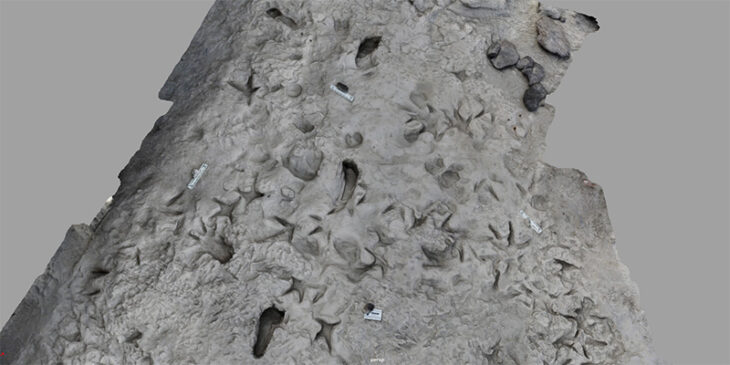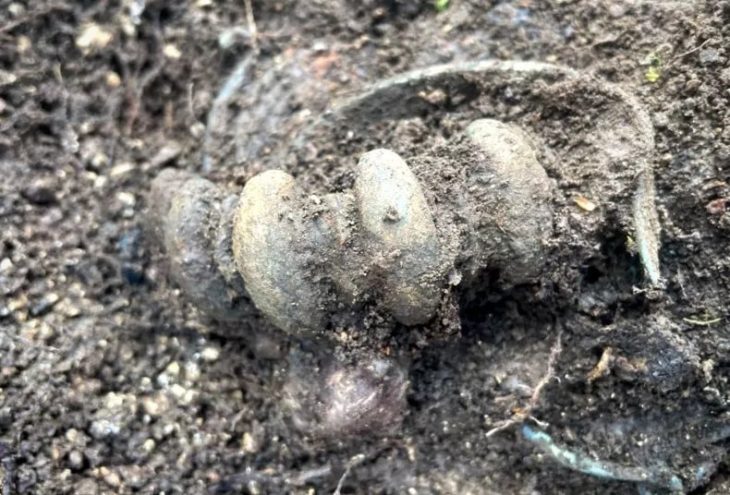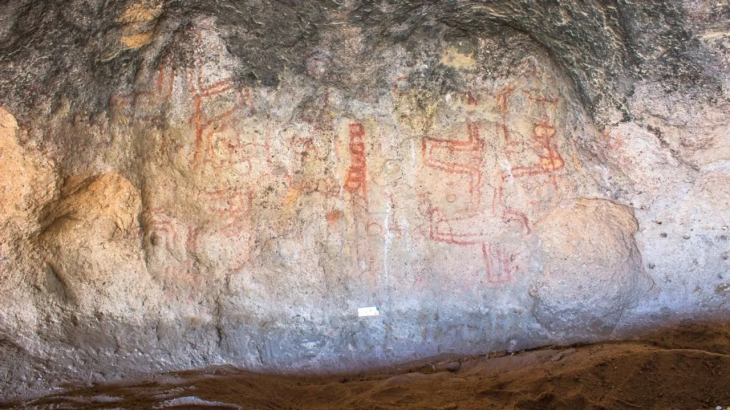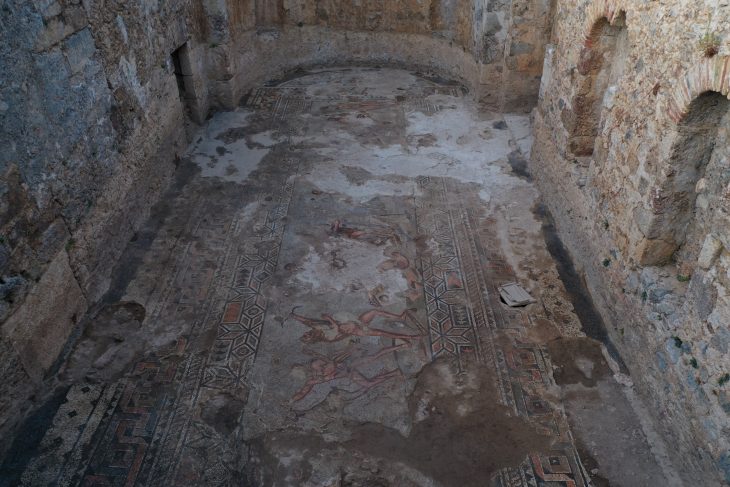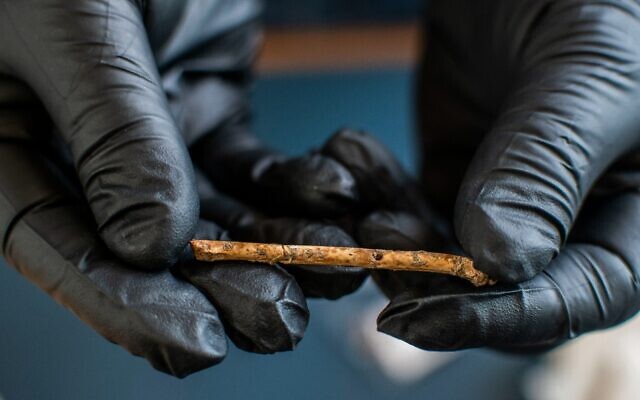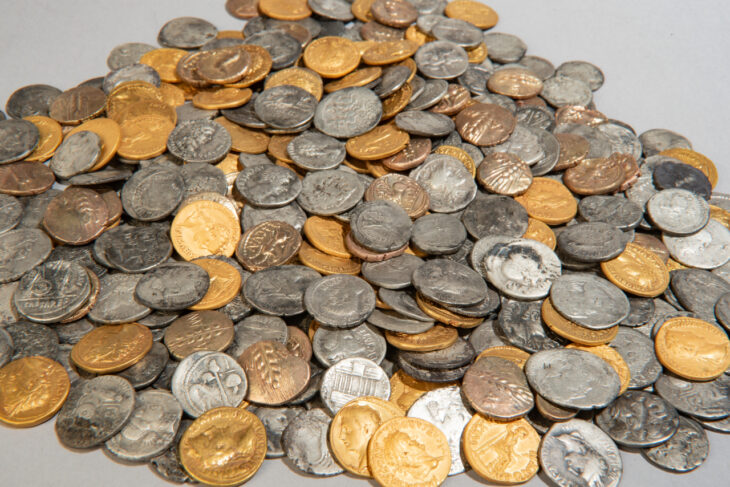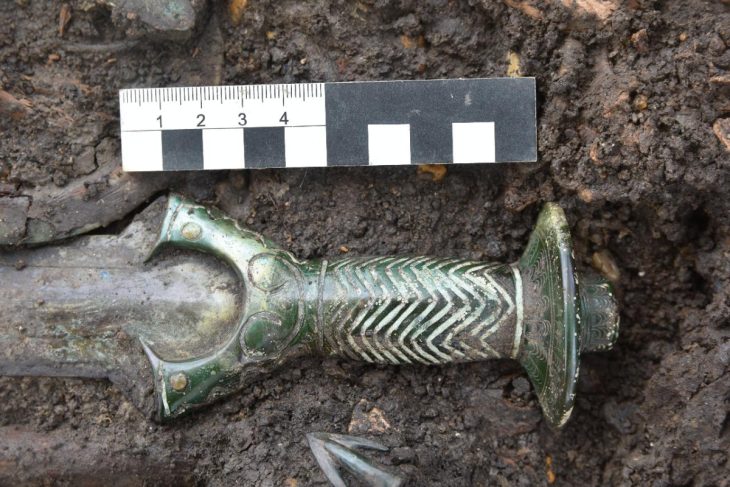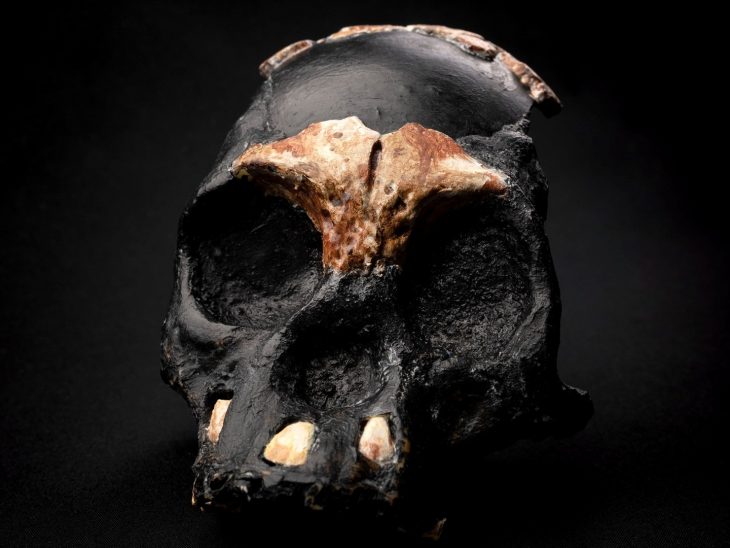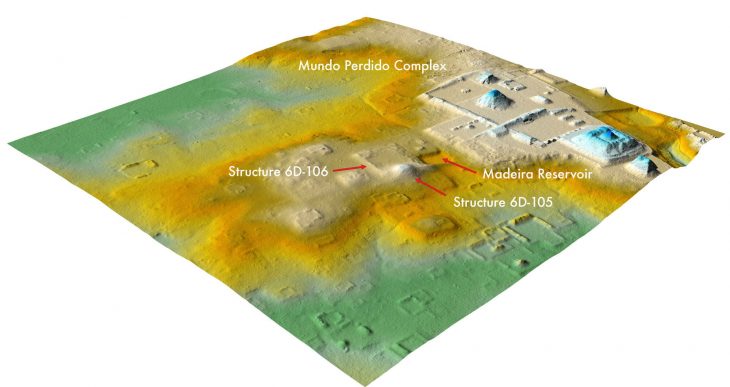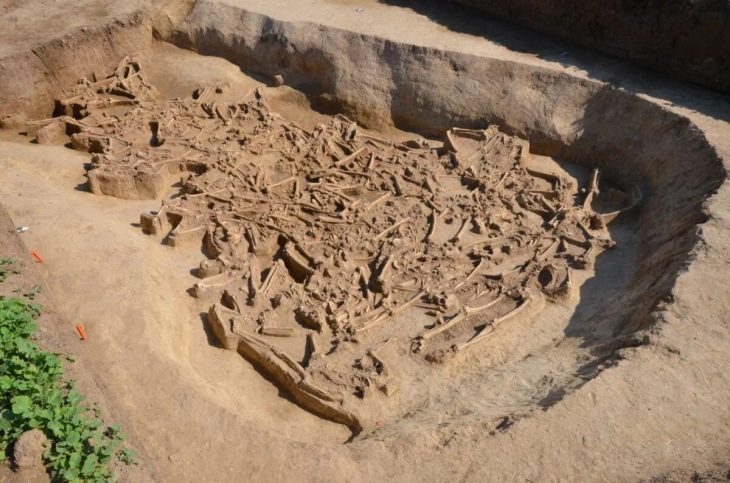Archaeologists working at the ancient Hittite settlement of Kayalıpınar, located in Türkiye’s Sivas province, have uncovered a remarkably well-preserved clay tablet containing a bird omen text, shedding new light on the role of divination in Hittite religious and political life.
The discovery was made as part of an ongoing excavation led by Assoc. Prof. Dr. Çiğdem Maner of Koç University’s Department of Archaeology and Art History. The site, historically known as Samuha, holds immense historical importance as a major administrative and religious center of the Hittite Empire.
“This year, one of our most exciting finds is a bird omen text from the Hittite period,” said Dr. Maner. “It’s a small cuneiform tablet, fully intact, inscribed on all sides. What sets it apart is the small hole in its center, with visible string marks around the edges — indicating it may have been hung or worn around the neck.”
Divination and Religion in Hittite Culture
The tablet offers insights into Hittite divination practices, particularly the interpretation of bird movements as omens. Known as “bird oracles”, these texts were central to Hittite spiritual and state affairs. Omens derived from the flight paths, calls, or behavior of birds were believed to convey divine messages from the gods — often used to guide military decisions, treaties, or ceremonial actions.
“The Hittites believed that humans could communicate with the gods through signs in nature, especially birds,” said Dr. Maner. “This tablet belongs to that class of religious literature and was likely used in ritual contexts.”
📣 Our WhatsApp channel is now LIVE! Stay up-to-date with the latest news and updates, just click here to follow us on WhatsApp and never miss a thing!!
The finding underscores how prophecy texts played a dual role in both religious observance and political legitimacy. Priests and diviners would interpret these signs in royal court settings, helping kings make critical decisions under divine guidance.
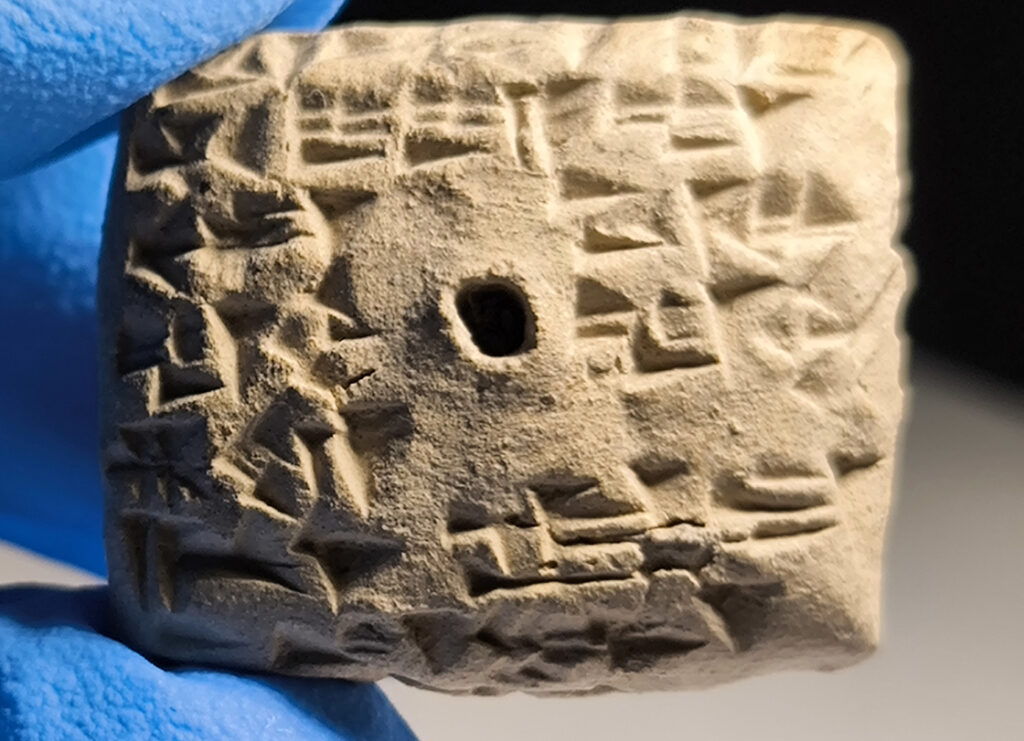
Kayalıpınar / Samuha: A Strategic and Sacred Center
Once known as Samuha, Kayalıpınar was one of the Hittite Empire’s key cities — both as a military base during times of conflict and as a cultural and religious hub. Ancient Assyrian and Hittite records describe Samuha as a major cult center of the goddess Ishtar, linking it directly with Mesopotamian and Anatolian spiritual traditions.
Over the years, excavations at the site have unearthed architectural remains from the Assyrian trading colonies, Hittite royal structures, and even Roman and Byzantine periods — making Kayalıpınar a multi-layered window into Anatolia’s deep history.
“Most of the cuneiform texts found at Kayalıpınar are related to cultic practices,” added Dr. Maner. “This suggests the bird omen tablet also had a sacred purpose, possibly used in rituals connected to the Ishtar cult.”
Over 50 Seal Impressions Discovered
In addition to the bird omen text, the excavation team — composed of archaeologists, Hittitologists, anthropologists, and historians from both Türkiye and abroad — has uncovered over 50 seal impressions attributed to Hittite royalty, priests, and administrators.
The team suspects that they are close to discovering a “sealing building”, where official correspondence and rituals involving document authentication took place. So far, this layer remains buried beneath Early Christian burial remains, which are carefully being removed.

A Glimpse into Inter-Settlement Hittite Communication
One of the excavation’s goals is to analyze clay samples from the seal impressions and compare them with findings from other Hittite settlements. This could offer unprecedented insight into administrative communication networks and trade relationships across the Hittite Empire.
“By comparing seal samples across sites, we hope to reconstruct how the Hittites interacted — both politically and economically,” Dr. Maner explained. “Each find brings us closer to understanding the complexity of their world.”
Looking Ahead
Excavations at Kayalıpınar will continue through mid-September, with plans to eventually open parts of the site to public visitation. Restoration and landscaping efforts are already underway, aiming to transform the area into a destination for both researchers and cultural tourism.
The discovery of the bird omen tablet reinforces Kayalıpınar’s status as a treasure trove of Hittite religious life and statecraft, bridging the past with new insights into how ancient civilizations sought divine guidance through the natural world.
Cover Image Credit: AA

